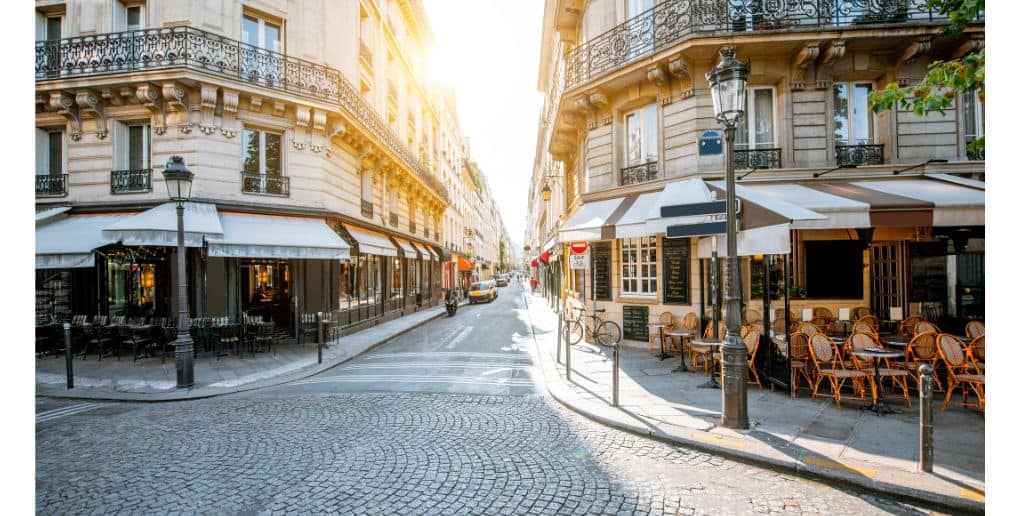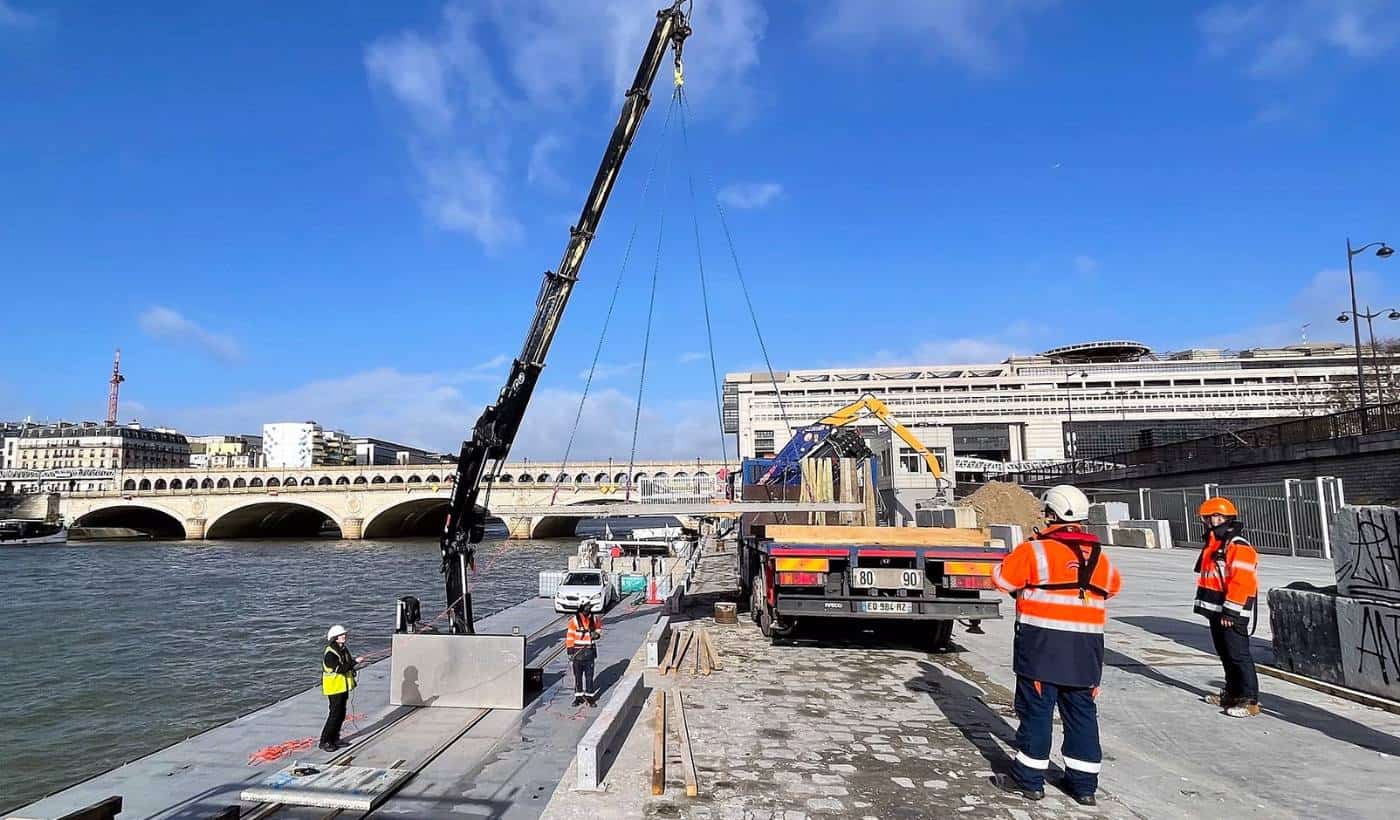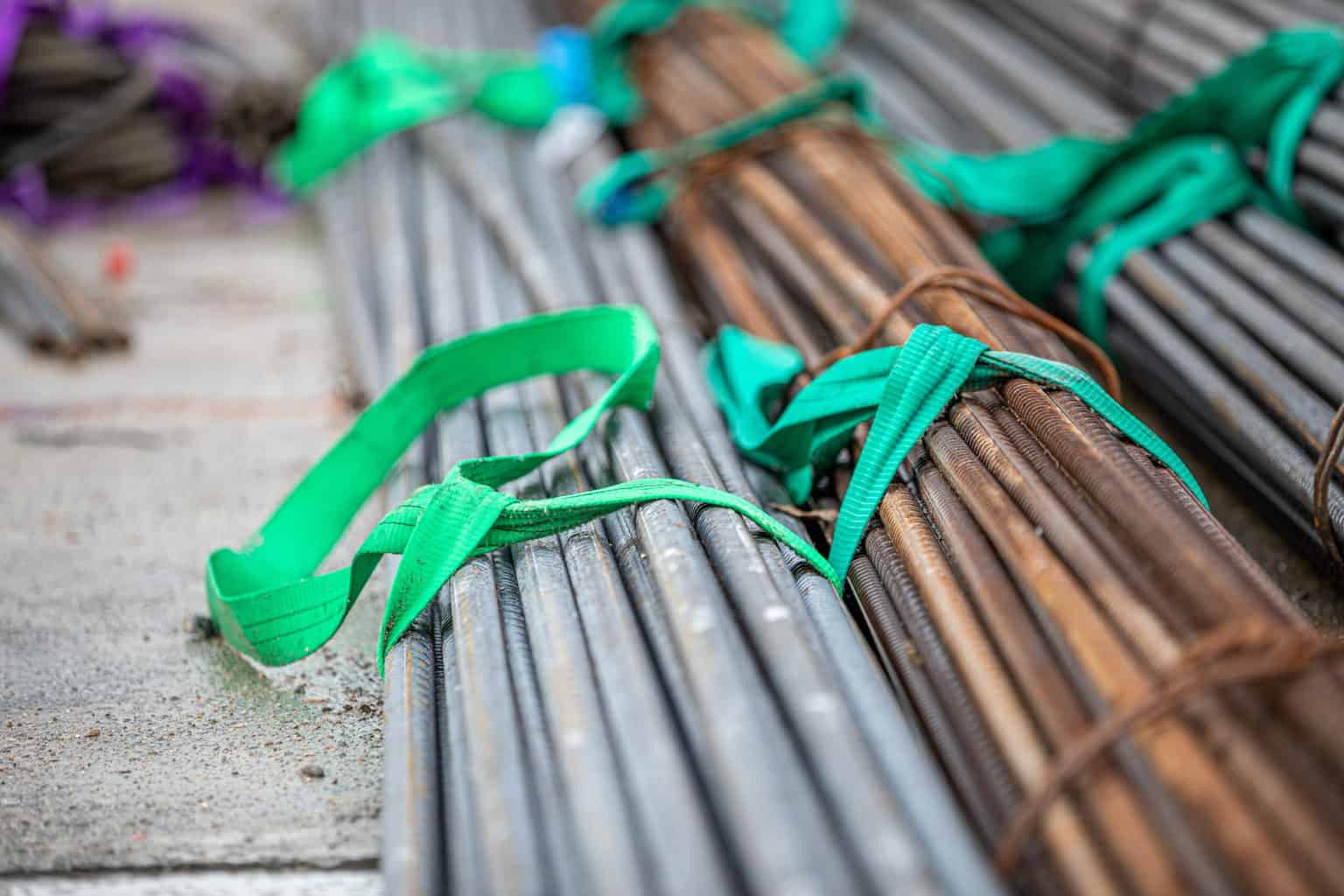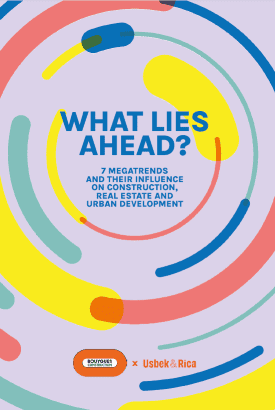
Facilitating the work of the crane operator for greater safety
4 minutes of reading
Worldwide, about 600,000 cranes are used for construction works. They are essential for numerous construction sites. Some measure up to 200 metres in height and can lift loads of 500 tonnes. Currently, a Bouygues Construction R&D project, headed by Bouygues Construction Matériel, aims to allow remote control of cranes with video assistance, using augmented reality and even some automation. What is the purpose of this ambitious system, and what does it change for workers on the sites ?
Answers with Julien Meyer, manager at the lifting division at Bouygues Construction Matériel at Île-de-France.

The system aims to increase the capacities of the crane operator using technological solutions. How did the project come about?
The idea came to us when we saw that access to crane cabs was long, complex and arduous. In France, the crane operator lift device became mandatory for all cranes above thirty metres in January 2019. This is a useful device, but is expensive and makes access by the crane operator to their working position very slow, particularly for cranes of 60 to 90 metres in height!
It was by reflecting on the alternatives to the crane operator lift that we came upon the subject of controlling the crane from the ground. With remote control, a crane operator could control a crane in Paris from the ground! But in exploring this subject, we discovered many other advantages.
What are the advantages?
Firstly, the safety of the site workers. This does not stop at the crane operator alone who reduces their risks by operating from the ground: to operate the crane remotely, various cameras are positioned in the control cab and at other key points of the crane. We managed to display on the video retransmission a pointer to the load target as well as prohibited areas over which the load will pass. We would like to use the images captured by these cameras to install video recognition functions which would make it possible for example to recognise the orange hardhats of workers on the building site. We could install control assistance functions, for example if we don’t want a heavy load to pass over site workers: the system which detects the presence of these workers could then send an audible or visual signal to the crane operator or indeed block commands if the situation required this.
But there are many other opportunities. The visual image capture, supplemented by measurements produced by smart sensors could be used by augmented reality functions. We have already managed to display a target under the load along with the distance between the load and the ground and other telemetry information. We can imagine displaying other information, for example on the daily schedule, the workload and its progress, and why not later items from the BIM model of the project if necessary.
We could thus use the crane as a site data collection device interfacing with the schedule and the digital model. This could, for example, give the works superintendent a view of the whole site in real time from their workstation. It would also be possible to carry out time lapses showing the site, communications media around the projects, etc.
We therefore combine the economic benefits with those of safety, data provision, ergonomics and user-friendliness… Which all contributes to the productivity of our sites and ultimately to better execution lead times and therefore better competitiveness.
Is the working experience of the crane operator the same as in a control cab?
I would say it is even better! Indeed, working on the ground, the crane operator sees their working conditions improve with more space, access to WCs and the accommodation campus for the site which they do not have in the cab. The workstation also becomes more accessible to persons with reduced mobility. On sites with multiple cranes, we could fit out a common control room for a number of crane operators, providing them with increased user-friendliness along with a greater facility to coordinate and therefore greater productivity.
The crane operator observes their environment through two devices: a series of 3 large screens reproducing the view from the control cab along with a side screen. This multi-media interface called MAGI (Intelligent Crane operator Assistance Monitor) provides support by distributing additional information which the crane operator needs for their work.
Over and above the visual data, we envisage reproducing audible and sensorial data so that the crane operator can feel control sensations as close as possible to what they experience in the cab. Crane operators sometimes use their hearing when controlling the crane: the sound of the machine, the hoists, the click of the circuit breaker… Reproducing these sounds in the control station on the ground can help the most experienced operators work under the best conditions. We also consider putting in place occasional vibrations on certain controls or on the seats. More than a radio remote control, we would like to help crane operators learn the device by reproducing the control station of the cab.
What difficulties are we faced with?
The first difficulty is purely technical. It is necessary to be able to send the crane driver an ultra-detailed view of the site, but above all this view must be in real time. No-one would agree to take orders from a crane which has a three-second delay on what it sees! Now, the higher the definition of the image sent by the cameras, the higher will be the bandwidth requirements, failing which the broadcast will be out of step with the real situation. We have evaluated the acceptable latency time for the broadcast to a few milliseconds and no more. Choosing the right equipment which is both able to capture a high quality image and retransmit it in this ultra-short time period is a major challenge.
The other problem is organisational: it is necessary to be able to work with the right partners. For the crane suppliers, an investment must be made in understanding. This is a market with a very small volume if compared with the car for example, and therefore less R&D-oriented through fear of a lack of return on investment. On the technical side, we are working with the Lextan start-up which deals with image processing and which has enabled us to progress towards recognition of elements to assist with control, and augmented reality. All these applications must also meet the operational requirements of the various actors on the building sites.
There is also a regulatory challenge with the protection of data captured by the on-board cameras and the sensors, and bringing this into GDPR compliance.
What comes next?
We’re making progress ! In 2019, we carried out a full-scale test on a crane which was a success. We will be entering a second test phase in 2020 with additional equipment. There are several features still to be tested. At the end of 2020 or during 2021, we would like to put the system in place on a working building site. We have many ideas to develop to drive the project further and improve the efficiency and safety of building sites!
Most read
More reading
Read also

Article
20 minutes of reading

Energy
in partnership with


‘Paris at 50°C’: a fact-finding mission to prepare Paris for future heatwaves
Article
2 minutes of reading

What if your sites were supplied via rivers instead of roads?
Article
3 minutes of reading



